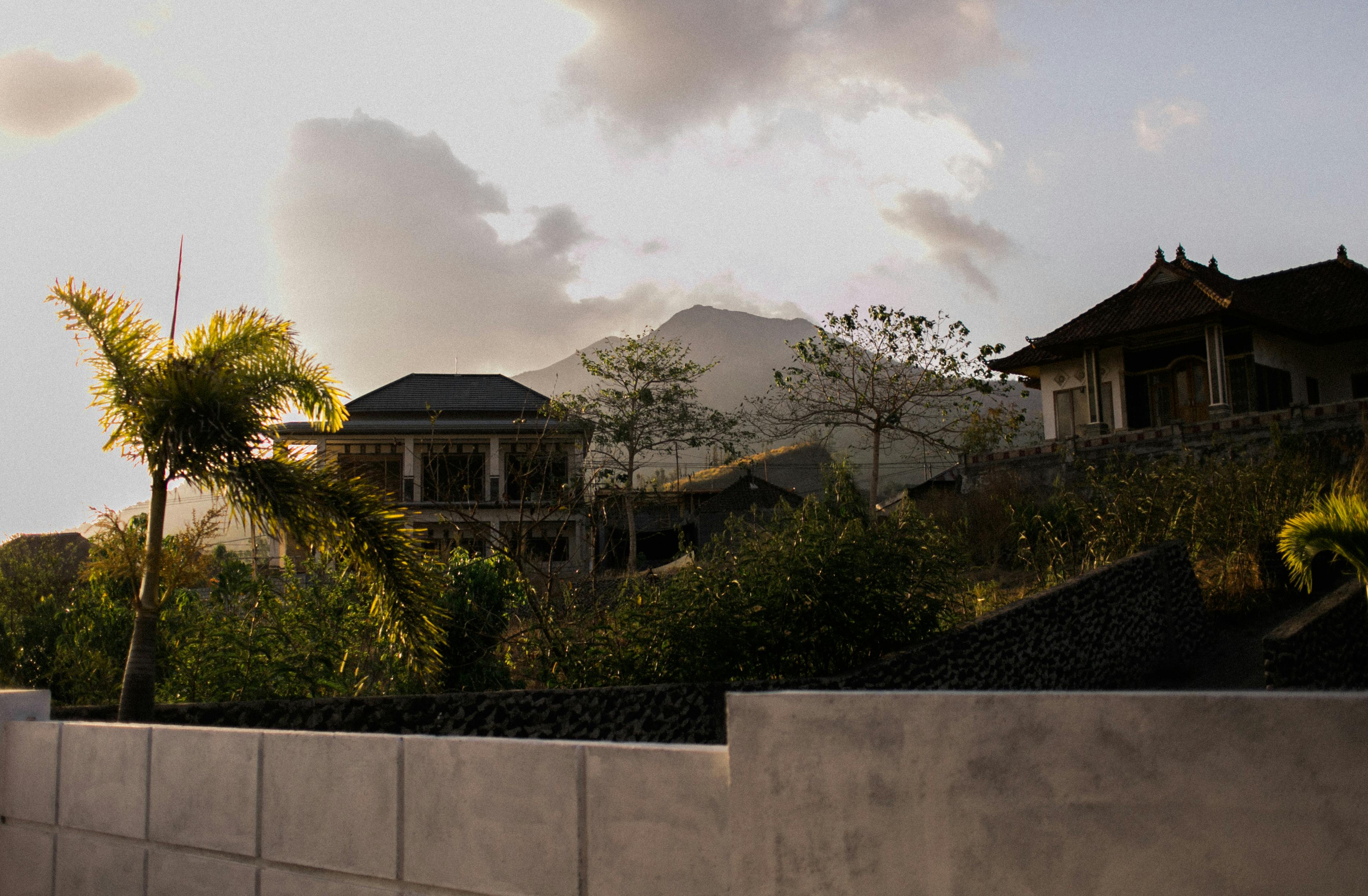A few months after Richelieu’s death, Louis XIII dies, leaving his five-year-old son Louis XIV to reign for seventy-two years, first under Mazarin and then as absolute monarch. With his succession and under the uninterrupted influence of his long reign, all the arts flourished to an extraordinary degree. Le Roy Soldi ruled with magnificence and status unknown since the days of the Roman Empire. Colbert, his able minister, gathered together famous artists and craftsmen and housed them in the Louvre under royal patronage.
Early in his reign, the king had decided to make his court the most magnificent in all of Europe and to make France the center of culture in the modern world. To accomplish this purpose, he appointed Le Brun his Minister of Fine Arts. Le Brun took over several of France’s best manufacturers, placing them under government control and supporting them with state funds.
Among these were the Gobelins, Beauvais, Aubusson and Savonnerie looms, where tapestries and floor coverings commonly placed in front of fireplace doors were made, and the Sevres porcelain factory. He also established the National School of Fine Arts (Ecole des Beaux Arts) which is still under the control of the French government and which receives students from all over the world, offering free education in architecture, painting, sculpture and engraving.
Jules Mansart was appointed royal architect and commissioned to build the great palace of Versailles, one of the largest and most magnificent buildings ever built. The cost of this structure alone was so high that it is said to have sowed the seeds of the French revolution.
The palace was intended not only to provide accommodation for the King’s immense entourage, but also huge halls were planned to entertain thousands of people in the most majestic splendor. Although the building was stripped of virtually all its furnishings during the revolution and has undergone many changes since then, enough of its original decoration still remains to make it the best extant example of the Louis XIV period.
The most typical feature of the interior architecture of this style was the enormous scale of the rooms and the massiveness of the architectural details and furnishings in them, right down to the wooden railings. The orders were used to a great extent and classical proportions were strictly observed, although the ornamentation was quite original.
The panels were wide and vigorous. The main structural lines of the panels were straight and rectangular, but much ornament was used. Usually a frieze ran through the room, the panels above it extending to an ornate cornice. As a general rule, the colors used were a cream background and gold trim, although natural oak and other painted colors were also used.
Elaborate wood carving was widely used. The chimneys were striking, the openings and the top of the chimney were elaborately treated. Mantelpieces incorporated framed pictures and, in smaller rooms, mirrors. The doors were covered, carved, painted and gilded. Floors were parquet or marble tile, and ceilings were often flat in smaller rooms.
Le Brun appointed the king’s chief cabinetmaker, Boulle (also spelled Boule and Buhl), who, with the possible exception of Chippendale, has had a greater influence on the development of furniture than any other man. Boulle is known to have popularized the use of metal mounts (Ormolu) in furniture ornamentation. He is also famous for his use of tortoise shells and metal inlays. By cutting two layers of tortoise shell and sheet metal in an elaborate saw pattern, he alternated metal and shell when applying it as siding to the doors and panels of his cabinet furniture.
Boulle used a wide variety of woods. Ebony was a favorite of his, but oak, walnut, tulip, rosewood corners, rosewood, and other more expensive woods were also used. Many of his students later became renowned cabinetmakers. Among them were Levasseur, Jacob and Oeben. The furniture of this time was generally large and rectangular lines predominated for the most part. The chairs were commonly reinforced with heavy stretchers between the legs.
Later furniture became curvilinear in both structure and ornament. It was elaborately carved, painted and gilded, with small pied-de-biche, dolphin heads, scrolls, round or square feet. The pieces were numerous, the sofa, the chest of drawers, the wardrobe and the desk were finely developed. Magnificent Aubusson tapestries, embroidery, needlework, damask, large-figure velvets, leather, and reeds were used. Metal mounts were works of art in brass or gold. Everything was formal, stately and sumptuous.



